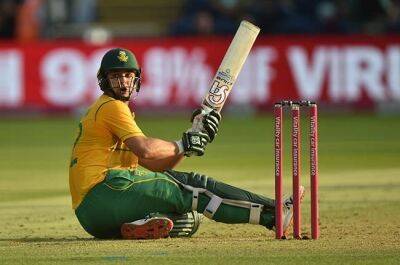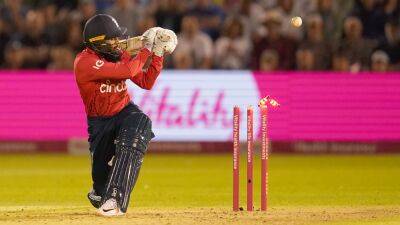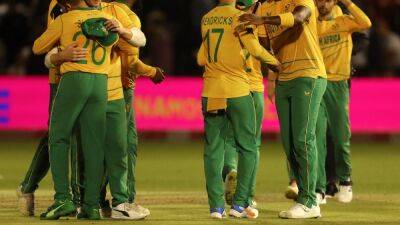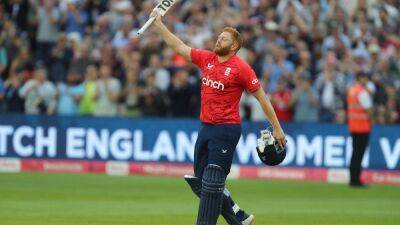MCC supports umpires’ decision over dramatic end to Vitality Blast final
The MCC has given its backing to umpires Graham Lloyd and David Millns after a chaotic ending to Saturday’s Vitality Blast final.
Hampshire triumphed by one run over Lancashire but only after a dramatic finale which saw Nathan Ellis bowl a no-ball from what had been expected to be the last legitimate delivery of the domestic Twenty20 showpiece.
It saw Hampshire’s celebrations cut short and Ellis forced to bowl the last ball again – now trying to defend three runs – and while Lancashire were able to run one bye, umpires Lloyd and Millns deemed the ball was dead before Richard Gleeson and non-striker Tom Hartley could complete a second bye to level the scores, which would have seen their side declared champions due to their superior powerplay score.
Lancashire captain Dane Vilas questioned why the umpires deemed the ball dead, but Hampshire players had already removed the stumps at the striker’s end after wicket-keeper Ben McDermott caught Ellis’ delivery and Law 20.2 states “whether the ball is finally settled or not is a matter for the umpire alone to decide.”
An MCC statement on Sunday read: “The match was concluded when the ball was deemed to be dead by the umpire, after the batters had completed one bye from the final ball.
“The bowler’s end umpire signalled the bye to the scorers. Under Law 2.13.3, the signal for bye shall be made to the scorers only when the ball is dead. The ball was dead because, in the view of the umpire, it was finally settled in the hands of the wicketkeeper.
“Analysis of the footage of the match showed that, when the umpire signalled the bye, the original non-striker was standing still, about four yards behind the striker’s wicket, while the striker was slowing down in his attempt to reach the






